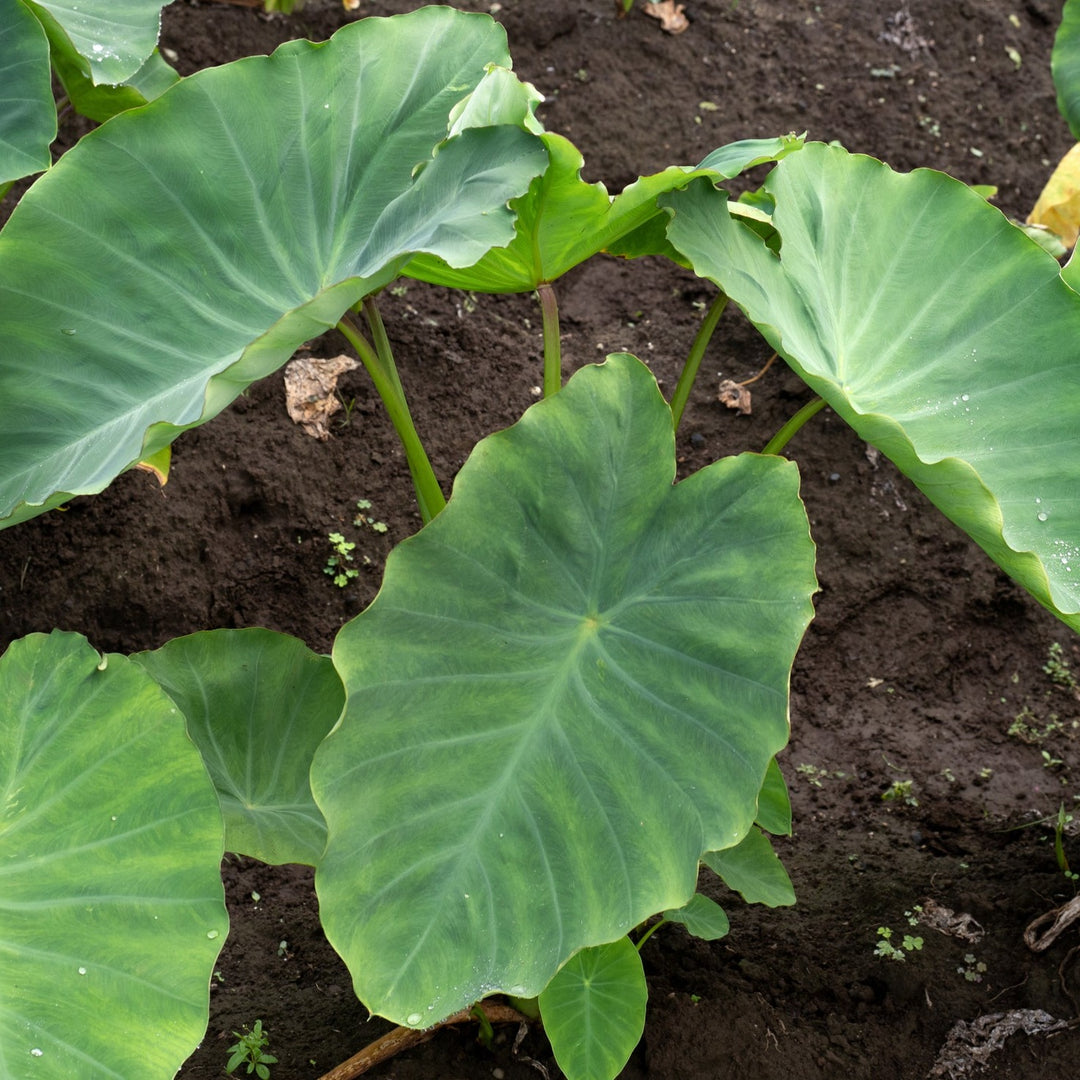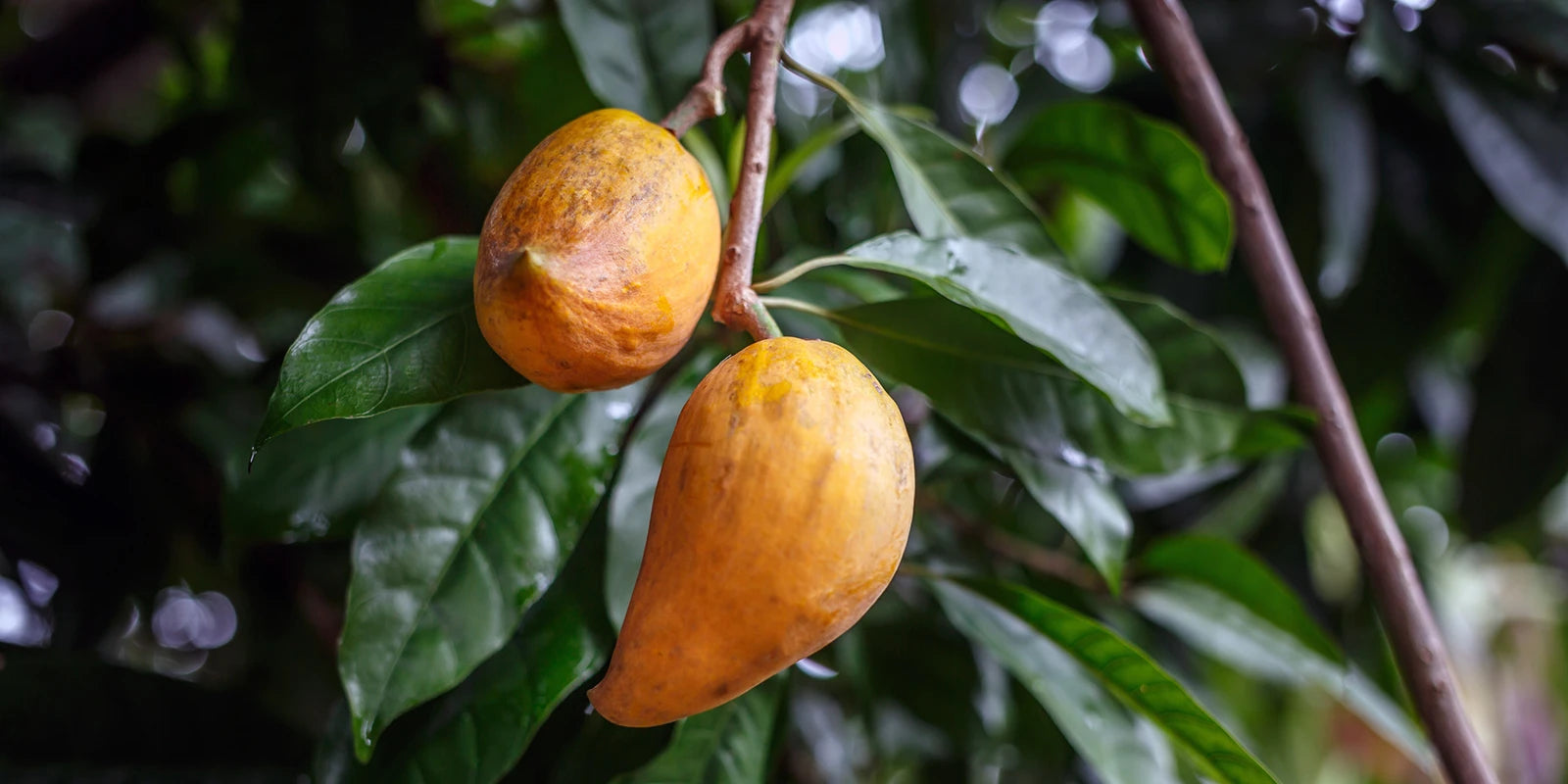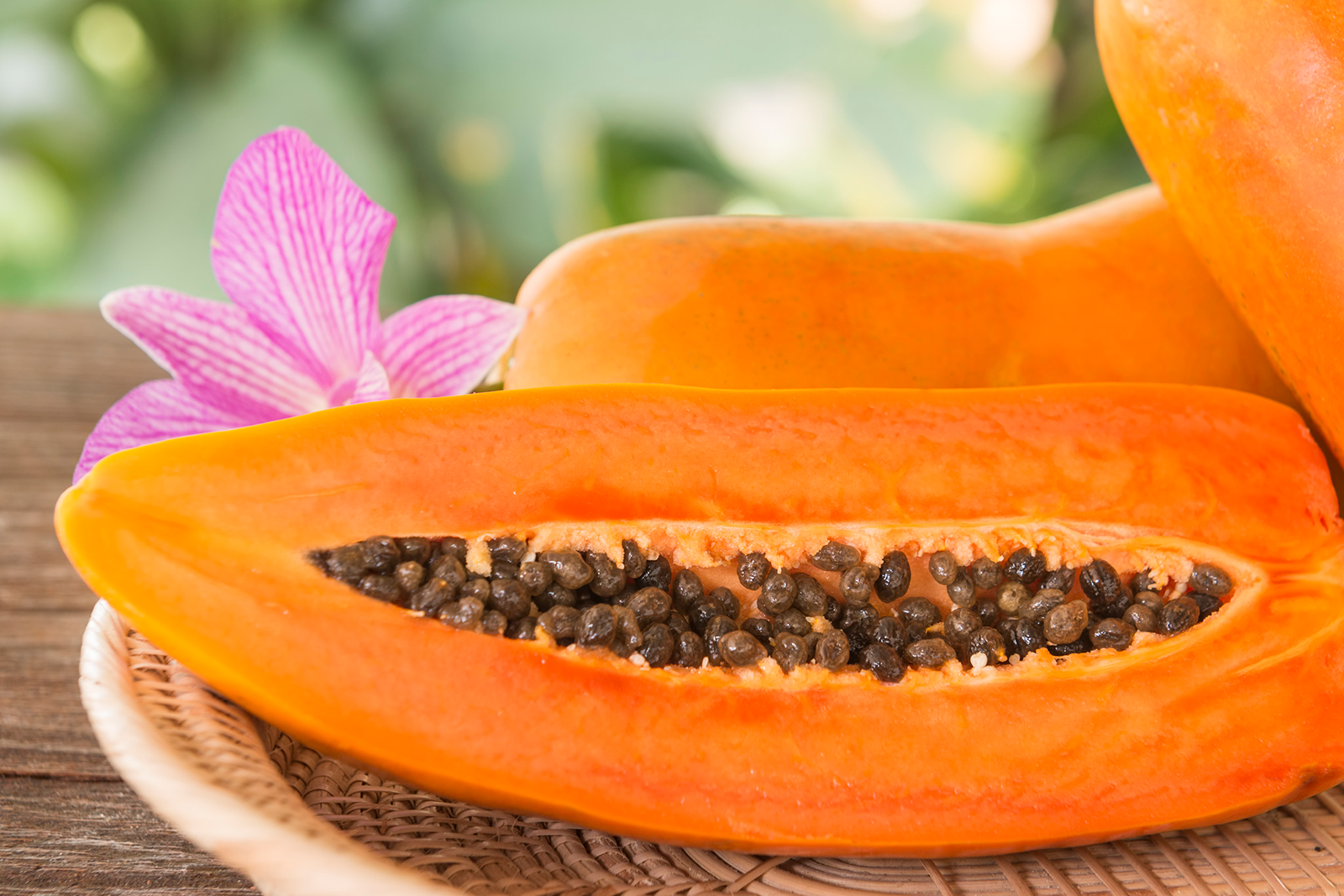Thai White Stem Taro - Edible Keladi Plant
Thai Keladi or White Stem Taro (Colocasia esculenta)
The Keladi, or Thai Taro, is a captivating tropical marvel known for its grand heart-shaped leaves that can range from deep green to mesmerising bluish hues. Native to Southeast Asia, this plant isn’t just a feast for the eyes; it also hides starchy, edible tubers beneath the soil, which are treasured in various traditional dishes. But tread with caution! Raw taro parts contain toxins that demand thorough cooking before indulgence. Whether for its ornamental allure or culinary charm, the Keladi stands as a testament to nature’s versatility and abundance.
Note that this specific Taro plant is grown for its stems which makes popular Asian dish like curry, stir fry and soup. To cook it you need to first cube the stems, remove the thinner or outer skin of Taro stems and soak in water with a bit of salt overnight before boiling. Once this process is done then only it can be cooked again in your favourite dish.
Keladi or Thai Taro is a versatile plant that can be grown for its ornamental value, as well as for its edible stems. With the right care, they can be a wonderful addition to gardens and landscapes in tropical and subtropical regions.
*Raw taro parts contain calcium oxalate crystals, which can cause severe irritation to the mouth and throat. Always cook taro stems thoroughly before tasting.
Plant Care
- Soil: Taro thrives in fertile, well-drained soil but can also grow in slightly waterlogged conditions, which mimics its natural habitat in wetlands. It prefers a pH between 5.5 and 7.0.
- Watering: Taro plants require a lot of water, and the soil should be kept consistently moist. In very hot climates or during dry spells, frequent watering is necessary to maintain the wet soil conditions that taro needs to thrive.
- Temperature: Taro is a tropical plant and does best in warm, humid conditions, ideally between 21°C and 35°C. It is not frost-tolerant and will require protection or moving indoors in regions that experience cold temperatures.
- Light: Prefers partial shade but can tolerate full sun if enough water is provided to keep the soil and environment humid.
- Fertilising: Use a balanced NPK fertilizer every 4-6 weeks during the growing season to support its rapid growth. Taro is a heavy feeder and may also benefit from additional applications of nitrogen-rich fertilizers to promote lush leaf development.
- Pruning: Generally, taro does not require pruning. Remove dead or yellowing leaves to maintain plant health and aesthetics.
- Mulching: Apply a thick layer of organic mulch around the plants to help retain soil moisture, suppress weeds, and provide nutrients as it breaks down. This is particularly helpful in hot, dry climates.
- Pest Control: Monitor for pests such as aphids, spider mites, and taro beetles, which can damage the leaves and corms. Use appropriate organic or chemical treatments as necessary. Also, be vigilant about fungal diseases, which can thrive in the moist conditions that taro loves.
- Flowering and Fruiting: Taro rarely flowers when grown outside its native habitat. The plant is primarily cultivated for its edible corms and leaves rather than for its flowers.
- Potting: Taro can be grown in large containers, but ensure they are deep enough to accommodate the corm and have good drainage. Containers are beneficial for controlling growth and moving the plant if needed.
- Feeding Regime: Due to its rapid growth, additional feeding with a liquid fertilizer can be beneficial during peak growing periods. Ensure that nutrients are balanced to avoid excessive nitrogen, which can lead to lush foliage at the expense of corm development.
We ship our plants and garden supplies throughout New Zealand. Due to the increased costs of shipping and packaging, we now apply a delivery charge. After offering free shipping for three consecutive years, we find it necessary to adjust this policy to align with current market conditions. However, we have lowered our prices to help offset this change.
Please note, we do not ship plants or garden supplies internationally from New Zealand. We do export plants and tissue culture materials from our overseas nursery, which requires a minimum order. Please contact us at hello@exoticanz.com to discuss your specific requirements.
Shipping (plants) from:
North Island Urban $25
North Island Rural $35
South Island Urban $25
South Island Rural $35
Shipping Garden Supplies:
North Island Urban $20
North Island Rural $25
South Island Urban $35
South Island Rural $45
Delivery
- Our plants are available for shipment from September to April, depending on stock levels. Typical delivery times range from 5 to 7 business days, although they can take up to 10 business days depending on the destination.
- We take extra care in packaging; most of our plants are secured in bespoke inserts and shipped in individual boxes to ensure they arrive undamaged.
- Deliveries are scheduled once a fortnight, typically on Monday. If you place your order over the weekend, we aim to dispatch your plants on the following Monday. This scheduling allows our team to prepare your order thoroughly and ensures the courier has sufficient time to deliver your plants safely, avoiding any unnecessary delays over the weekend.
- All orders are shipped via courier track and trace service (not signature required)
- We cannot deliver to PO Box addresses.
- If you have a rural address, please contact us beforehand to discuss the best delivery options and avoid any potential issues.
Additional Delivery Information
- Most plants are shipped with soil. During the cooler months, we closely monitor weather conditions and may temporarily delay shipments if the weather is particularly severe. Our packing process includes adding insulation when necessary to protect the plants against temperature extremes.
- In summer, we ensure that plants are thoroughly watered before they leave our nursery. Occasionally, we may need to ship plants bare-rooted, particularly when they cannot be comfortably re-potted into smaller packaging for shipping. We will always discuss this with you in advance if your plant needs to be shipped in this manner.
- It's important to note that shipping can be a stressful experience for plants, often due to spending several days in a dark, confined space. While most plants withstand this with little to no stress, some may experience leaf drop. However, they generally recover quickly with some additional care, including proper watering and gradual reintroduction to light after arrival.








